Article for The Breeze Newspaper By Bruce Doorly
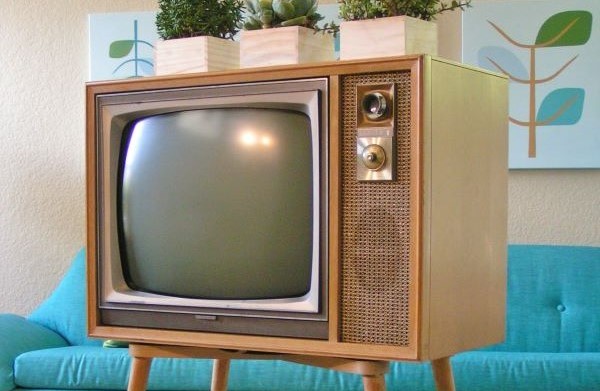
In the breakout year for television - 1947 - there were only three channels that broadcast just a few hours a day onto a tiny black and white screen. And if you did not watch it live, you missed it.
How did we survive?
Since the early days of radio in the 1920s, various inventors imagined that in addition to just sending sound waves through the air, that it might be possible to send video with that sound.
Many companies and individuals did research on this. One young farm hand, Philo Farnsworth, after years of work created an electronic video transmission system that he patented. Building upon his work, he, and others, especially Vladimir Zworykin who worked at RCA, further developed a clearer television picture.
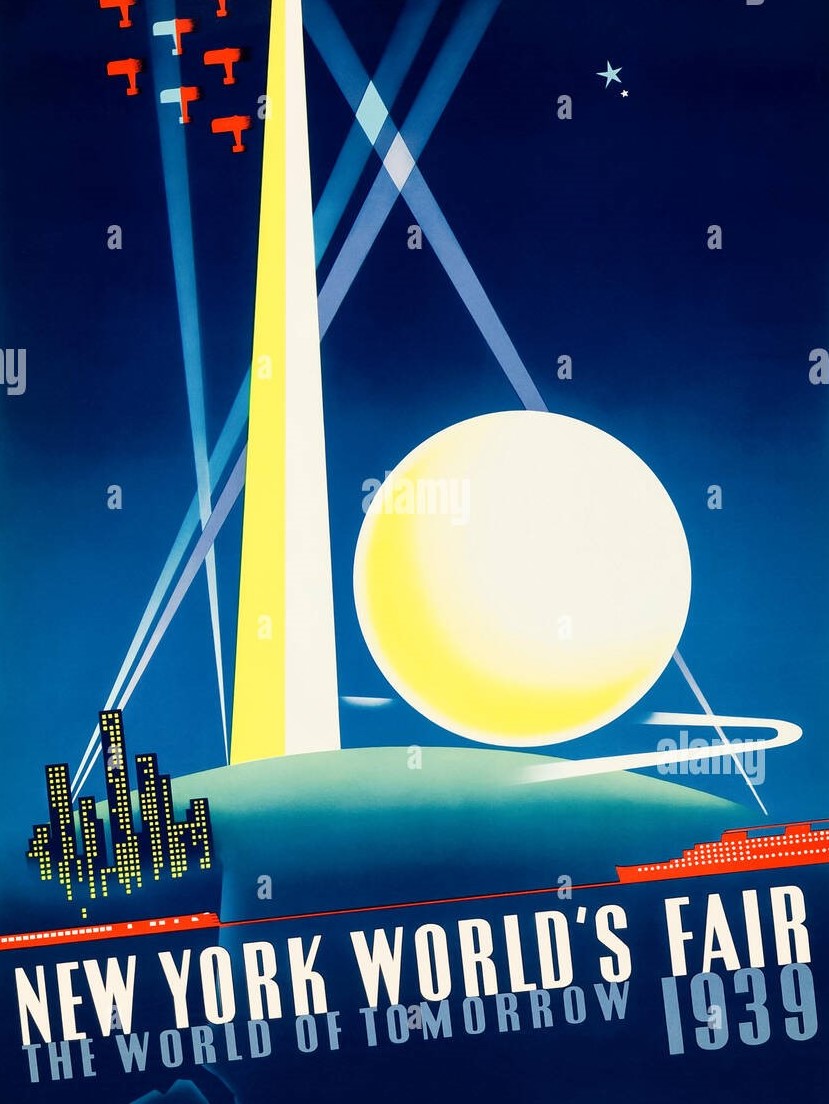
By 1941, around two thousand televisions (with limited programming) were in use – all in the New York area.
When the U.S. entered World War II, in December of 1941, the further development of television was put on hold.
After the war ended in August 1945, television had a slow rollout. Only the wealthy were able to afford one and there were very few shows to watch.
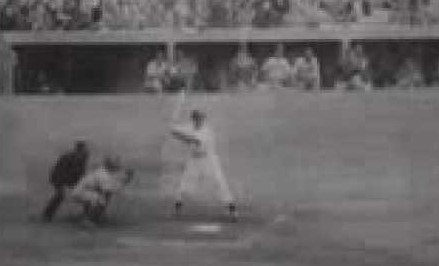
Initially it did not make economic sense for families to buy a television, but a lot of bars were able to justify the purchase of a television. It was in these bars that many people would watch the 1947 World Series - igniting the public’s interest in television.
Raritan had many local bars that were owned by Raritan residents. Rocky’s Miele’s Bar and Minetti’s Tavern were on Somerset Street. The Anderson Tavern (later DeCicco’s) was on Anderson Street.
The 1947 World Series was between the New York Yankees and their cross-town rivals - the Brooklyn Dodgers. Raritan, a mostly Italian community in the 1940s, were avid Yankee fans due to the Yankees’ Italian players - Joe DiMaggio and Phil Rizzuto.
The games started at 3 PM. Those who could get off work early for the weekday games did so. Others hurried on over to the bar after work to catch the end of the game.
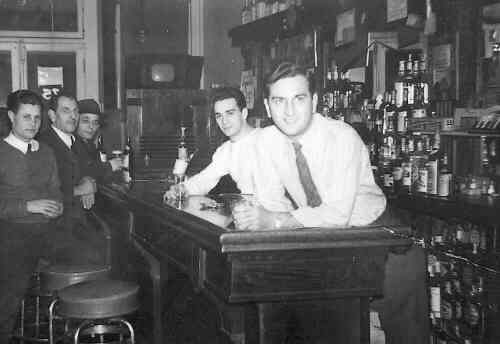
It was watched, mostly in bars and restaurants, by an estimated 3.9 million viewers.
TV in the background
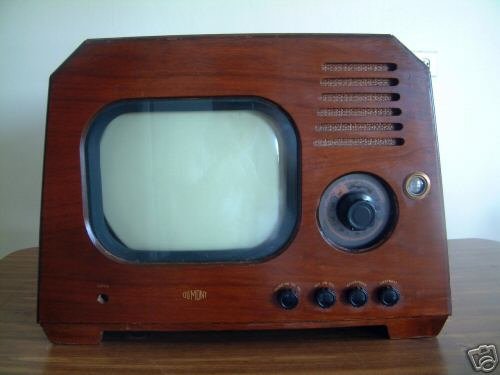
With the appetite for television established, local stores began stocking televisions. Sets could be purchased in Raritan at Tropiano Brothers, then at 33 West Somerset Street and Raritan Valley Hardware on West Somerset Street. These early televisions cost around $400 which was a substantial amount back then.
To generate further interest in television sales, the Tropiano Brothers would set up a television in their store window and put the Friday Night Boxing Matches on. Many men that were smoking cigarettes would gather outside to watch the fights. The next morning, the sidewalk would be filled with cigarette butts.
The popular brands were Dumont, Philco, and RCA.
The screens were small, 10 inches or 12 inches being common. All sets were black and white.
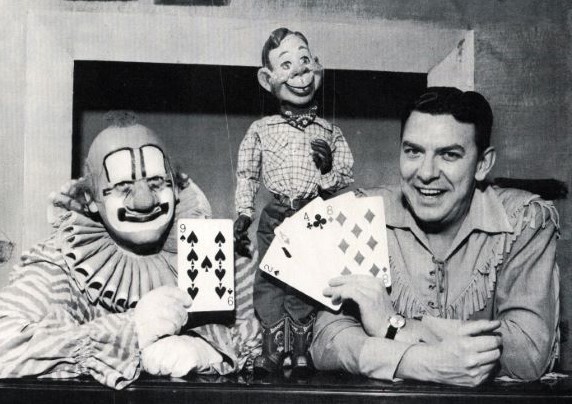
In 1947, only 1% of homes had televisions. By 1950, it had grown to 10% - and by 1960, it was 90%.
Was television's first hit show for children
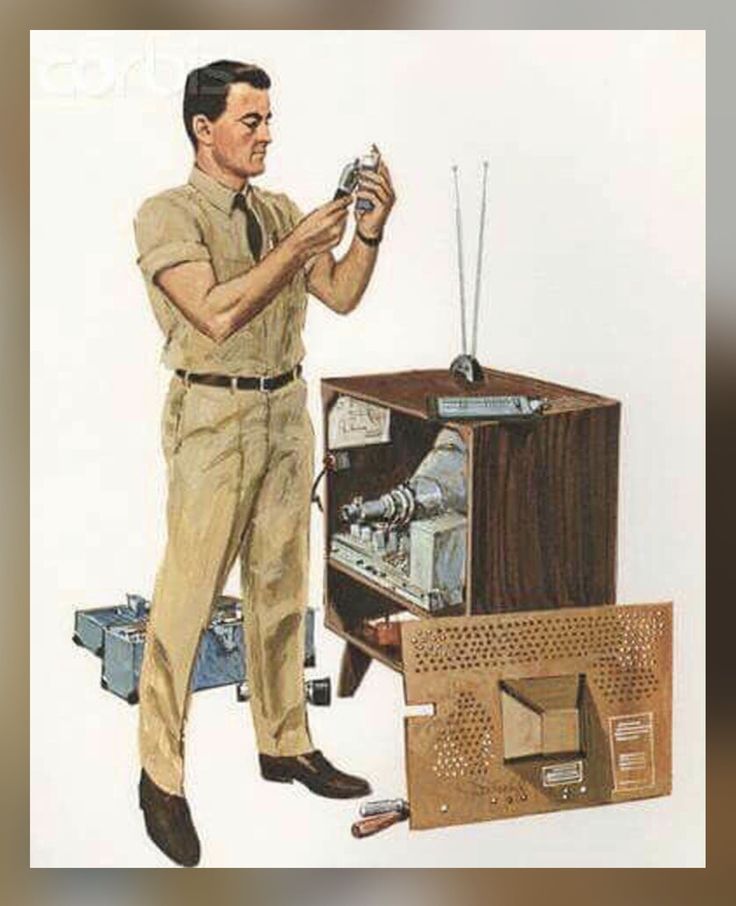
When this author asked on social media for Raritan residents’ memories from the early days of television, I was surprised at how many people remembered their TV repairman. The televisions of the late 1940s, 1950s, and 1960s broke down quite often.
Most homes had just one television which they watched an average of three hours a day. So, a broken TV was a serious issue. The local TV repairman would come to the rescue. He was said to be “the most popular guy in town.”
Raritan’s TV repairman should not be forgotten. So here is the list.
Worked out of his home at 38 Tillman Street.
He had his TV tube bag that he took on the road for house calls, had the most popular parts and some tools. Lots of people just stopped by to shoot the breeze too. They would drop something off and stay for an hour just to chat.
My Dad was a fixer of everything: TVs, radios, cars, lawn mowers, appliances. You name it he would take it apart and get to work. He loved a challenge.
I spent many hours in the shop organizing the tubes and the transistors lol. Or holding a board while he soldered something. Today everything is disposable. Brings back good memories.
Frank's Shop was on the left
His shop had various locations over the years - 1 and 29 West Somerset Street and Anderson Street.
During World War II his family sent seven brothers, including Jim, into the service with his brother Joseph being killed in the war. In his over 20 year tenure as a TV repairman people remember him as competent and friendly.
Jim Mancini was among the initial group who started and ran the Basilone Parade.
His business was Al’s TV Repair Service. He was also a maintenance mechanic with Jelco Laboratories in Raritan.
Jack Delorenzo – 1954? - 1962
His business was called “Raritan Radio and TV Repair”. It was located at 37 Anderson Street. He was an Air Force veteran of World War II.
Elmer Tkacik - a few years in the 1950s?
Worked out of his home on Elmer Street. He was a lifelong Raritan resident who served in the Navy during World War II.
Joe Suk - Second Avenue
Worked out of his home for a few years in the 1950s
In the late 1960s the internal design of the television changed from using vacuum tubes to transistors. These transistors were more reliable and when they broke, were harder and more expensive to fix.
Thus, TVs were often replaced, rather than repaired. Because of this change, the TV repairman faded out in the 1970s.
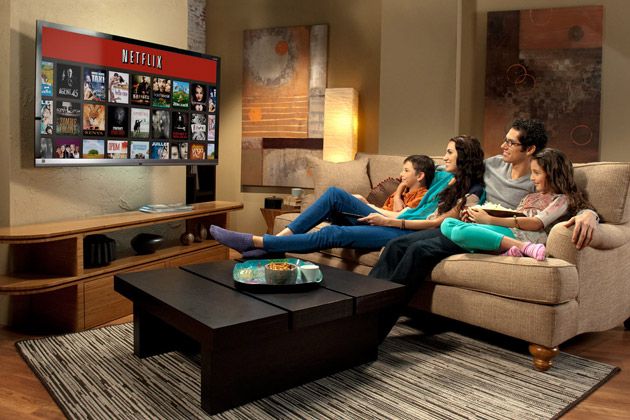
Television has certainly evolved over the decades.
Color was introduced in 1952, but it grew slowly as only a few shows were in color until the fall of 1966 when all the networks made the decision to produce all their shows in color.
Color television sales only overtook black and white in 1972.
Cable, which expanded the number of channels, was initially unveiled in various markets 1975-1985. VCRs started in 1979. High-Definition TV was popularized in 2008. DVRs are now a standard part of cable.
Today there is Netflix, Apple TV, Hulu, Disney Plus, Amazon Prime, and 100s of Cable Channels. It all evolved from just three channels way back in 1947.